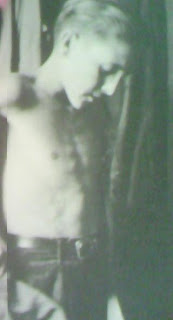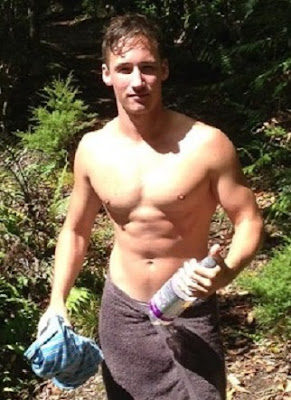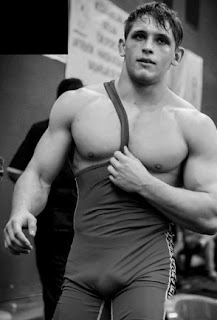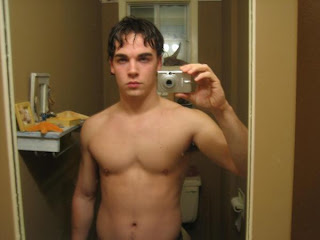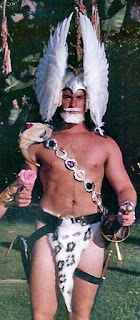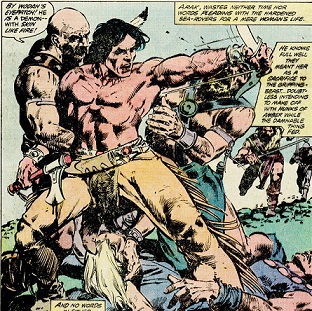I mentioned before that artists interested in depicting men without women around have only limited mythological and religious themes to choose from, and most involve tragedy.
Take the tragedy of Icarus:
According to Greek mythology, skilled inventor Daedalus and his son Icarus were imprisoned in Crete. To escape, Daedalus made them wings from bird feathers, held together with wax. The plan would have worked, except that Icarus flew too close to the sun, so the wax on his wings melted, and he plunged to his death.
 In the ancient world, and through the Middle Ages, the story was used to illustrate the folly of over-confidence, trying to do more than you are able. But more recent artists and writers have a different take: strive to be all that you can. You may fail, but at least you were able to fly.
In the ancient world, and through the Middle Ages, the story was used to illustrate the folly of over-confidence, trying to do more than you are able. But more recent artists and writers have a different take: strive to be all that you can. You may fail, but at least you were able to fly.Or they just like to portray a muscular nude Athenian youth, before, during, or after his flight.
Daedalus and Icarus (1645), by French painter Charles LeBrun, shows the moment when Daedalus rouses Icarus to try on his wings.
Icarus and Daedalus (1869), by Lord Leighton shows the same scene, but now they're on top of the tower, and a thin swath of fabric keeps Icarus from full nudity.
The Lament for Icarus (1898), by Herbert James Draper, substitutes naked nymphs for the mourning Daedalus, but it has a particularly striking dead hero (modeled by Luigi di Luca)
The Fallen Icarus (1997), by Neil Moore, who does a lot of mythological themes with realistic touches.
Icarus in flight over the Tennessee River in Chattanooga, was sculpted by Russell Whiting
In Ennis, Ireland, John Behan erected this statue in 1990. It's supposed to be Daedalus, but the locals call it Icarus, and the name stuck. He actually looks more like one of those scary Winged Men from paranormal stories.
This Icarus is by James Fatata, 13" high, the perfect accessory for your desk or nightstand.
The top photo, of course, is from fantasy artist Boris Vallejo.
The most famous Icarus painting is by Pieter Bruegel the Elder. Icarus's crash is depicted by two legs in the lower right hand corner of the painting, while everyone around goes about their daily business, oblivious.
William Carlos Williams wrote a poem about it:
a splash quite unnoticed
this was
Icarus drowning
































